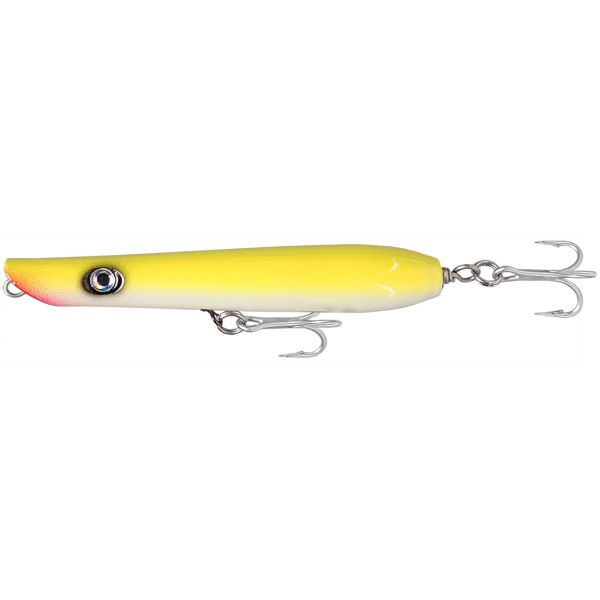


Research showed that DDE, a by-product of DDT, accumulated in the fatty tissue of female peregrines and disrupted their production of normal calcium layers in egg shell formation and peregrine falcons were placed on the federal endangered species list in 1970. The peregrine falcon was the bird used by royalty in the Middle Ages, and its nests were sometimes the exclusive property of the nobles. Because of its strength, intelligence, and maneuverability, the peregrine falcon was a prized possession among falconers. Falconry, the use of birds of prey in hunting, dates back to the year 2000 B.C.

Love fluid dynamics and tunnels? Whisker Shape and Orientation Help Seals and Sea Lions Minimize Self-NoiseĪnd, this is just plain fun: Peregrine falcon chases a mountain bikeĬitation: Ponitz B, Schmitz A, Fischer D, Bleckmann H, Brücker C (2014) Diving-Flight Aerodynamics of a Peregrine Falcon (Falco peregrinus). Having trouble calibrating your own particle image velocity experiments? This video may help, but be careful: lasers are dangerous! The authors say that the feather position and wind tunnel analysis support the explanation that these feathers help keep air flowing smoothly over the bird’s body to reduce drag, similar to flaps on an airplane wing.Īs if you needed someone to tell you that this bird is aerodynamic!ĭiving peregrine and 3D computer model Related links:

In particular, the high-speed footage revealed that small feathers pop up during the dive in key locations on the peregrine falcon’s body. Particle image velocimetry: By introducing tiny tracer particles into the wind tunnel, illuminating them with a laser, and photographing them rapidly, we can use computers to track the movement of individual particles through a sequence of photographs, calculate the particles’ trajectories and velocities, and then use this data to build an accurate model of the wind flow.īy combining their wind tunnel analysis with the data from the video footage, the researchers created the most comprehensive analysis of a peregrine falcon dive to date, including factors such as lift, drag, acceleration, and trajectory.Peregrine falcon model after oil-painting-based flow visualization, showing the air flow across the body Surface flow visualization: By coating an object in a thin layer of paint or oil and putting it in a wind tunnel, we can examine the streaking patterns left in the paint or oil to reveal flow lines.The plastic falcon was analyzed in a wind tunnel using two different methods of analysis: oil-painting-based flow visualization and particle image velocimetry. The authors used the dam in the background of the video footage as a frame of reference to precisely and accurately recreate the peregrine’s diving trajectory, something that is nearly impossible to do filming peregrines in the wild against the sky.īack at the lab, the scientists positioned the wings and body of a stuffed peregrine falcon to resemble a falcon diving at maximum speed, and then used it to create a life-sized plastic version. High-speed cameras facing the dam wall filmed falcon dives from different angles. A trainer at the top of the dam released a falcon from the same spot each time, and a second trainer at the base used a lure to attract the bird’s attention. Researchers first trained several peregrine falcons to dive from the top of a dam to the bottom, following a specific and predictable flight path. Nevertheless, that is exactly what a team of researchers in Germany managed to do, and they recently published the results in PLOS ONE. Dives are infrequent in the wild, we usually only see them from a distance, and their blistering speeds make the birds difficult to film. However, conducting in-depth analysis of the aerodynamic properties of peregrine falcons is no easy task. Peregrine falcons hunt unknowing prey by diving from above at speeds of up to 200 miles per hour, maintaining an astounding degree of maneuverability and precision. It is easy to see why these remarkable birds are so charismatic. Once an endangered species in the United States, their population comeback has been attributed to the widespread ban of DDT and other pesticides in the 1970s, and is a great success story in conservation. Peregrine falcons, the world’s fastest-moving animal, are found on six continents around the world.


 0 kommentar(er)
0 kommentar(er)
